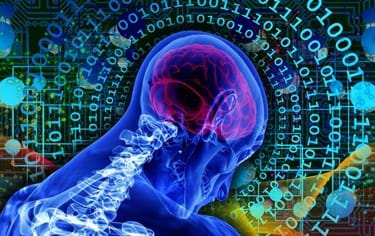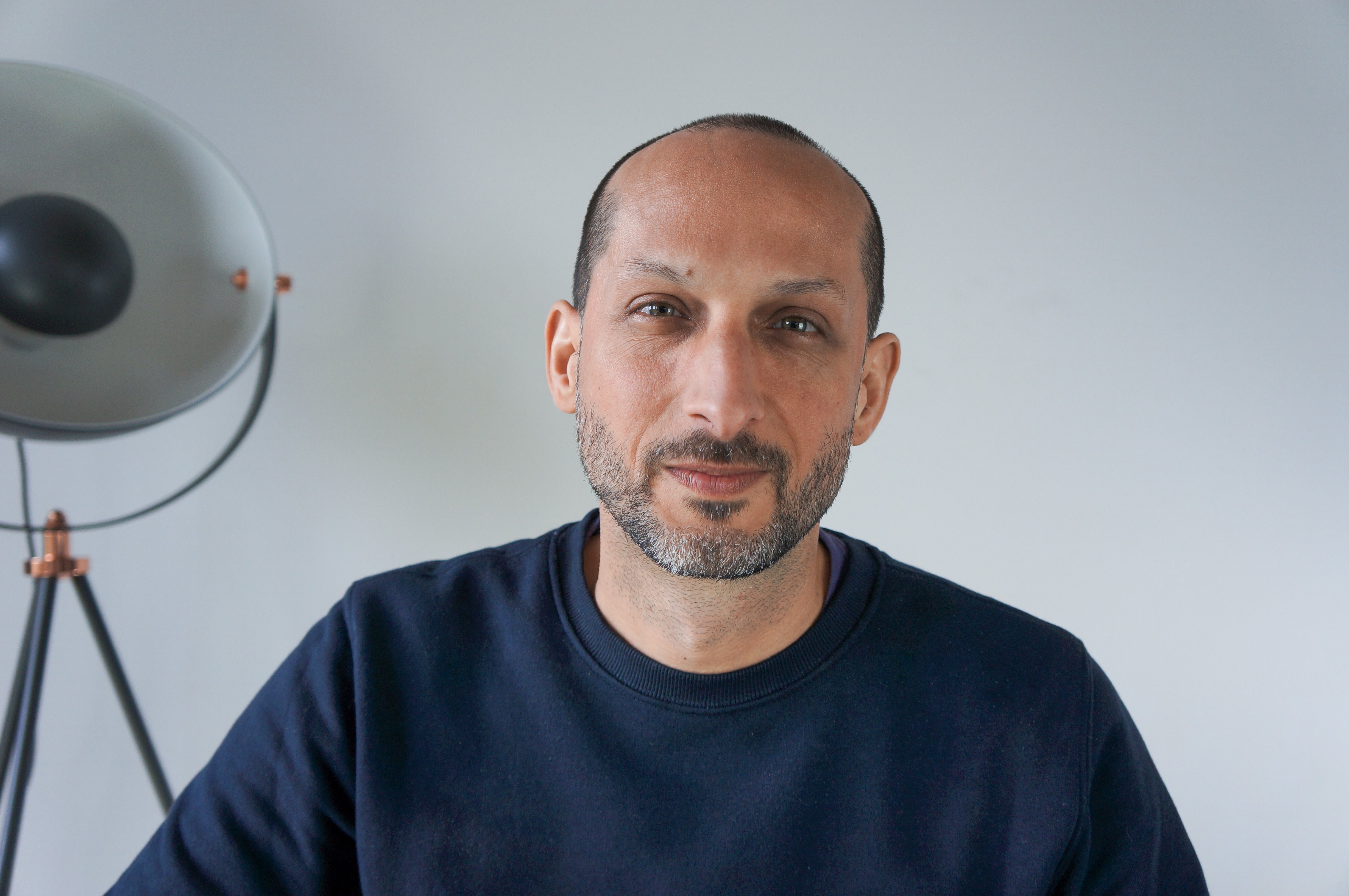A new advancement in technology has been announced, which I believe will change the future of computing, and in many ways, the future of work.
GPT-3 is a machine learning tool created by OpenAI; the brainchild of Elon Musk and Sam Altman. Based in California, OpenAI was created with the intention of advancing the technology of artificial intelligence for the good of mankind.
So what’s special about it? GPT-3 (Generative Pre-training Transformer) can interpret natural language text, and generate natural language. This means that it can appear to understand what you’re saying to a way higher degree than something like Siri on your iPhone.
This doesn’t sound too exciting until you understand that it’s a machine learning model that has analysed billions of pages of the internet to model out natural language — it can recognise and imitate patterns of language, which are customisable.
GPT-3 understands models of language. It can see which words are connected to other words, and why they’re connected in a particular order, based on what it takes from the internet.
The current version accepts text input typing; you can type in a paragraph or two, and it can understand the language model of that paragraph and finish that text for you. For example, if I was to write something poetic about the sky, it would recognise the way that those words have been written. It could reference the millions of other poems that mention the sky, and it will know that I might refer to other specific adjectives; flowers, birds, or particular colour references. It could then complete the piece of writing with other related references based on the model of a poem referring to the sky.
As another example, you might start to write a business instruction manual; it would continue with additional steps based on the information it has pulled from the internet, based on the language model that you’ve given it.
The results of this have been quite spectacular.
Enter a couple of paragraphs of creative, and GPT-3 will continue the story, plots, twists, and new characters with references to things that weren’t in those original paragraphs.
We’re seeing deep psychotherapy sessions being conducted between the user and the AI, and legal documents being drawn up with understandings of jurisdictions and references to other legal documents.
Many people’s immediate response when they see the results generated by AI in this way is something like:
“this thing is self-aware, this thing is intelligent — this thing’s going to take my job!”
It’s a natural response; it’s an evolutionary reaction that has been hard-wired into us, from I, Robot to Westworld, to Battlestar Galactica — the idea of robots becoming so advanced that they decide that they don’t like their human creators and go to war with them.
Some may think that an AI of this level of advancement is dangerous. It seems so because we don’t quite understand it. It feels like magic, but I believe that anything can seem like magic until you peek behind the curtain.
When we understand what’s happening, we can understand what the possibilities are. These tools are here, and they’re going to drift into our daily use with such speed and grace that we probably won’t notice it happening.
So, let’s peek behind the curtain and see what’s actually going on, and really understand what this means for us as business owners, and as a society, and what it may be like to use these tools on a day to day basis.
The first thing to realise is that although it may appear to talk poetically about the nature of clouds in a poem, GPT-3 doesn’t actually understand what it’s saying. It doesn’t feel the nature of clouds; it’s not expressing any kind of inner yearnings of the soul. It’s repeating natural language patterns, there’s no self-awareness; there’s nothing to be concerned about, it’s just a new type of input and output from computers. That’s not to do this technology an injustice, but to demystify what’s actually happening.
What we’re seeing here is an evolution of the way we input data to computers, and the way that they respond to our commands, as well as what they can do with those commands. When computers first came into the world, we used punch cards to input data. Next came computer keyboards and a screen for input and response, followed by a mouse with a drag and drop interface for input and response. We then had the idea of touch screens, and tools like Siri recognising basic sentences and providing a combination of spoken word — very basic spoken word — which displayed on our touch screens.
Natural text recognition and response is the next logical advancement, allowing us to have a much more conversational input with computers, taking information and patterns from the internet and modelling data to our own speech.
Imagine if you could describe to your computer what you wanted the contents of your report to be; what tone of voice you wanted the report to take, and what kind of graphs you wanted to display.
The computer could curate the report for you in moments, because it knows the patterns that you’re referring to, and it knows the data and the most efficient ways of collecting and displaying it. This technology will also give you the opportunity to say “that’s not quite right; I need that to be more like this, and this to be more like that”. It can refine and produce that entire process for you. This is a new way of interacting with the computer. It’s a mature development of the idea of a back and forth; a progressive description of models with a response in models.
The idea of creating proposals, sales, documents, academic papers, and even books becomes quite exciting when we look at the process in this way. We’re not taking away the human soul from the process, but dramatically speeding up that process by using all of the resources we have available, which is what we do anyway; this just gives us more. When we’re writing an academic paper we tend to go onto the internet, research what we need, and collate that information. We then put it into the paper in our own words, and that’s precisely what GPT-3 is fantastic at doing, at a fraction of the time.
So, this little peek behind the curtain of the workings of artificial intelligence in a way that that feels empowering and positive, and also a peek at the future of work, and how we’re very likely going to be operating in over the next few years. I’d be really interested to hear what you think about that, so do get in touch!



